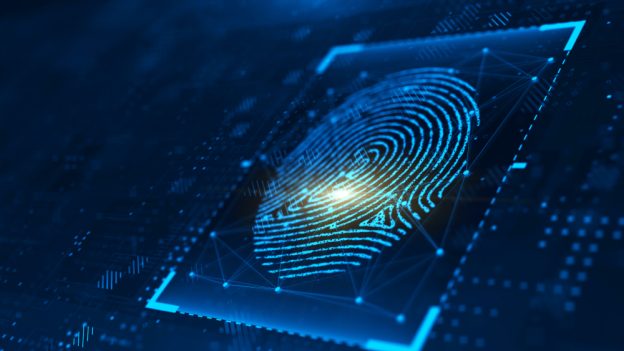Introduction
If you’re preparing for the California contractor license exam, you’re already familiar with the rigorous standards set by the Contractors State License Board (CSLB). Amid the excitement and stress of exam preparation, one crucial step often raises questions and nerves: the fingerprinting process and background check. It’s more than just a box to tick, this step is foundational in building trust, ensuring safety, and protecting consumers in California’s vast construction industry. Knowing what to expect and how to navigate this process can save you time, reduce anxiety, and keep you focused on your primary goal: becoming a licensed contractor.
Why CSLB Requires Fingerprinting and Background Checks
California enforces some of the strictest licensing standards in the nation, and it all starts with ensuring the integrity of the people entering the profession. Fingerprinting and subsequent background checks are mandated by law for everyone applying for an original contractor’s license, reactingivate an inactive license, or adding a classification. The CSLB uses fingerprints to run a criminal background check via the California Department of Justice (DOJ) and the Federal Bureau of Investigation (FBI). This helps protect consumers and fellow professionals by screening for serious criminal convictions.
Imagine you’re about to hire a contractor for an important home renovation, it’s comforting to know there’s a process ensuring that person’s background has been thoroughly vetted. The CSLB’s background check is not about minor infractions or youthful indiscretions; it is a safeguard against those who may pose a threat due to serious criminal history such as fraud, violence, or theft.
Step-by-Step: The CSLB Fingerprinting Process
Navigating the CSLB fingerprinting process is straightforward, but attention to detail is key. Once your application for licensure is accepted, the CSLB will send you instructions for fingerprinting, usually within a few weeks.
You’ll need to visit a Live Scan location, a digital fingerprinting service widely available across California. The CSLB provides a “Request for Live Scan Service” form, pre-filled with required information. Bring this form, a valid photo ID, and the associated fingerprinting fee (typically $60–$80) to your appointment.
At the Live Scan center, a technician will capture your fingerprints. The data is then securely sent to the DOJ and FBI for processing. Most results are returned to the CSLB within a week, but it’s wise to factor in extra time in case of unexpected delays. For example, contractors with common names or previous criminal history may experience longer processing periods. Being proactive (and saving your receipt) can help if you ever need proof the scan was completed on time.
Keep in mind, out-of-state residents must use hard copy fingerprint cards (FD-258), which must be mailed to the CSLB along with the required fees.
What Happens During the Background Check
Once your fingerprints are submitted, the CSLB conducts a criminal background check spanning both state and federal databases. They’re primarily looking for convictions that legally prohibit licensure, particularly felonies involving fraud, violence, or dishonesty.
Receiving a background check notice may cause anxiety, especially if you have past convictions. The CSLB is more interested in patterns of behavior or serious offenses, one-time, non-violent misdemeanors often won’t disqualify you. Full disclosure is essential. If your record contains any criminal charges, report them honestly during the application process with explanations, court documentation, and evidence of rehabilitation and good conduct.
Failing to report a conviction is likely to result in denial. On the other hand, candidates who demonstrate accountability, provide legal documentation, and show evidence of turning their lives around often find the CSLB is willing to consider their applications.
Practical Tips and Industry-Specific Insights
To make this process as smooth as possible, schedule your Live Scan fingerprinting soon after receiving your CSLB packet. Delaying fingerprints could stall your exam date or licensure. Double-check every form for accuracy, common mistakes like mismatched names or incorrect Social Security numbers can trigger frustrating setbacks.
If you’re concerned your record might affect your application, consider consulting with a legal professional experienced in contractor licensing. Transparency and thoroughness are your allies; include reference letters from reputable figures in the industry, proof of employment, or educational achievements to show your commitment to high standards.
Many contractors say the background check, while nerve-wracking, is ultimately reassuring. It sets the tone for a profession built on trust. Use it as a stepping-stone: another sign of your professionalism on the path to success.
Conclusion
The fingerprinting and background check process is a critical rite of passage for California contractors. While it may seem daunting, understanding each step and preparing appropriately will set you up for success and help build public trust in your future work. Treat it not as a hurdle, but as part of the foundation of your new profession, one rooted in integrity, safety, and excellence. Take the next step confidently, knowing you’re prepared in every way to join California’s community of trusted contractors.
